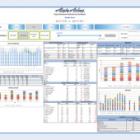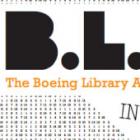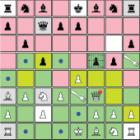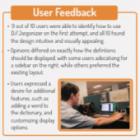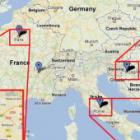
Tipout: Tip Handing for Waiters
The goal behind our project is to reduce the amount of computation waiters and waitresses perform at the end of their shifts while trying to “tip out” their support staff. Currently in most high-class restaurants, the math and tracking for payouts is left to the individual waiters to handle, which can often be complicated and difficult to keep a detailed history of. As of right now, most waitstaff do this computation by hand which takes significant amount of time. By creating a web application that will be accessible on phones and desktops, we can allow employees and businesses to keep better track of what tips they are making and who they are distributing to wherever they go.


